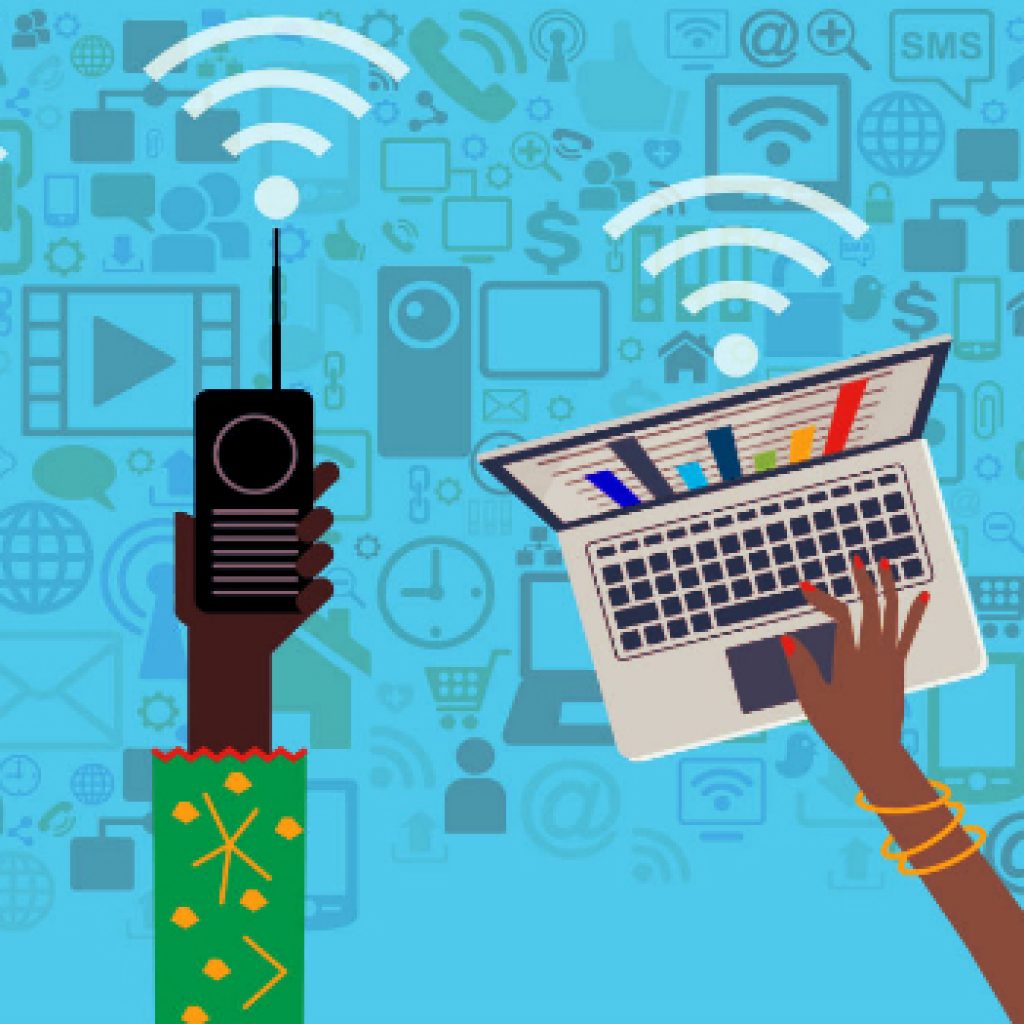
The number of internet connections in India has grown by 65% from March 2016 to cross the 50 crore mark in 2018, in line with the target set by the Narendra Modi government three years ago.
As per the latest information from the Telecom Regulatory Authority of India (Trai), by the end of September 2018, there were 56 crore narrowband and broadband connections in India.
Comparatively, there were just 34 crore connections as of March 31, 2016, which increased to 42 crore by March 31, 2017. By March 31, 2018, the total number of internet connections stood at 49 crore. That number increased to 51 crore internet connections at the end of June this year before the figure touched 56 crore as of September 30, 2018.
Union telecom minister Ravi Shankar Prasad had stated, “My plan is to make 50 crore internet connections in India by 2018… I’m convinced that in the coming 2-3 years, India will become equal to China as an IT market of the world.”
Of the 56 crore connections, 64%, or 36 crore, are in the urban areas and 36%, or 19.4 crore, in the rural areas. While more service providers are focusing on rural areas, experts credit the increase in the hinterland to the infrastructure created by the government. The massive growth in urban centres on the other hand is attributed to the entry of Reliance Jio.
Just five states including Karnataka, Tamil Nadu, Andhra Pradesh (including Telangana), Gujarat and Maharashtra account for 20 crore or 36% of all internet connections in India.
Compared to 2016, Karnataka reported a 58% growth in the number of internet connections, while the same was 45% for Tamil Nadu, 76% for Andhra Pradesh, 56% for Maharashtra and 70% for Gujarat.
Boosting rural connectivity, the Centre’s BharatNet project has so far connected 1.1 lakh gram panchayats (GPs)with internet through a network of optical fibre cable. Of the states, UP has the maximum GPs connected (27,940), followed by Maharashtra (15,126) and Madhya Pradesh (12,689).
